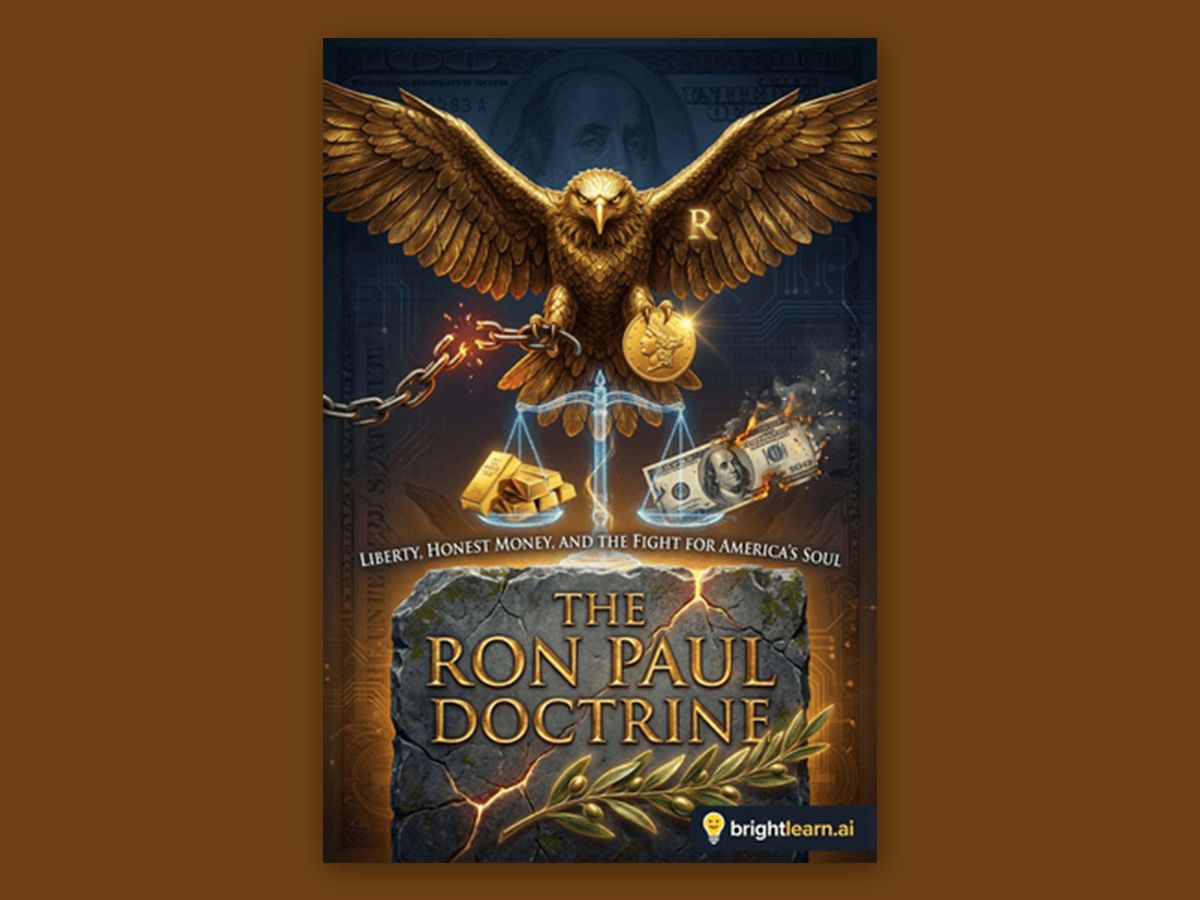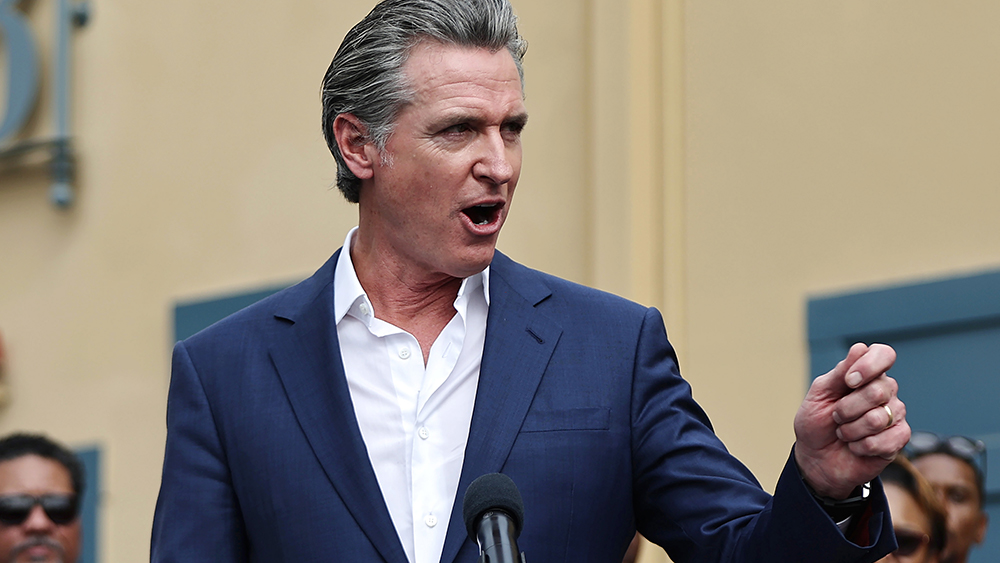© Brighteon.com All Rights Reserved. All content posted on this site is commentary or opinion and is protected under Free Speech. Brighteon is not responsible for comments and content uploaded by our users.
This channel has partnered with the Brighteon Store and receives a small commission from all sales generated from an affiliate link.
Click the shop now button below to help out this channel.
In "A History of Money and Banking in the United States: The Colonial Era to World War II," economist Murray N. Rothbard provides a comprehensive and critical examination of the development of America's monetary system. The book begins with the colonial era, where a lack of standardized currency led to the use of commodity money and eventually the introduction of government-issued paper money, which resulted in inflation and economic instability. This set a precedent of distrust in fiat currency that persisted through the Revolutionary War, when the Continental Congress's issuance of the Continental currency led to hyperinflation. The post-war period saw attempts to stabilize the monetary system, but the temptation to inflate remained strong, leading to the establishment and subsequent dismantling of the First and Second Banks of the United States. The "free banking" era that followed was marked by instability and a lack of uniformity, setting the stage for the National Banking Acts of 1863-1864, which created a quasi-centralized system that was still prone to financial panics. Rothbard argues that the Federal Reserve, established in 1914, was not a response to public need but rather a power grab by financial elites, and he criticizes its policies for contributing to the economic instability of the 1920s and the Great Depression. Throughout the book, Rothbard challenges conventional economic wisdom, advocating for a return to the gold standard and arguing that the Federal Reserve has been a disruptive force rather than a stabilizing one. His work is a powerful critique of the American monetary system, offering a fresh perspective on the historical forces that have shaped it.
For more videos, visit BrightLearn.ai
Find a copy of this amazing book here.





